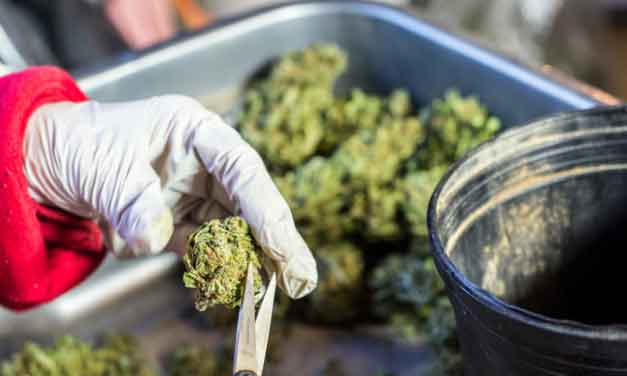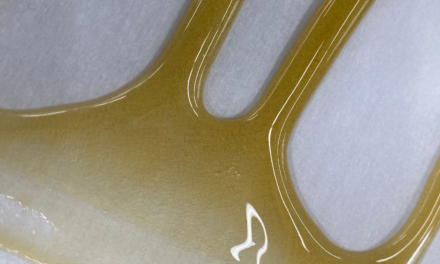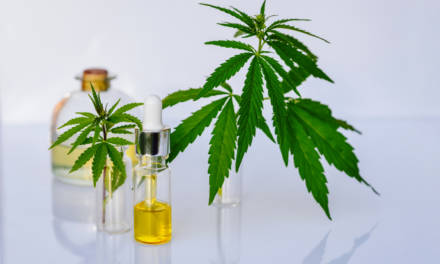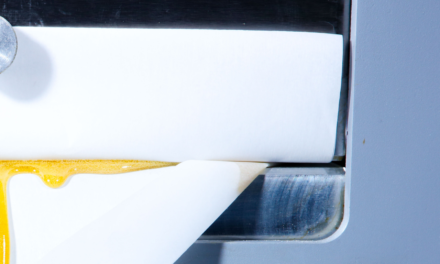Rosin making is all about the trichomes. The resin packed glands that grow over the surface of cannabis are responsible for every taste, aroma, and effect we associate with the plant, and the more the merrier when it comes to solventless rosin. It’s the reason top rosin makers go out of their way to source the most trichome packed bud they can find – because it simply produces better end results.
As experienced growers will know, however, the quantity and quality of a plant’s trichomes depend on two important factors: its genetics and how well it was cultivated. So how do you tailor your grow to maximize trichomes and make it suitable for rosin making?
Choose Optimal Genetics

The first and most important decision to make when it comes to cultivating for rosin is selecting a suitable strain. Some strains of cannabis simply produce better rosin than others, so picking the right one to grow is of huge importance. You should focus your attention on strains that have been engineered to produce large quantities of bulbous trichomes, and we recommend taking a look at some proven performers like OG Kush and its extended family, White Widow, and Chem Dawg/Sour Diesel as jumping off points.
Cultivate with Care
Excellent genetics is one part of the equation, but nurture is just as important as nature. Creating and maintaining the perfect environment for your plants to thrive is the next step. The good news here is that there isn’t anything special with regards to cultivation and growing for rosin, so conventional practices can be relied upon.
That said however, you should try to avoid the use of chemical pesticides and fungicides which have a habit of finding their way into your finished rosin. Obviously pest control is an important aspect of growing anything, but organic solutions are preferred, and also introducing benign predators such as spiders to your crop is another option.
Bloom Phase Stressing
Flowering is by far the most critical time for rosin flower cultivation and that’s because the vast majority of the trichomes the plant produces will be made in the blooming phase of its life cycle. It’s at this time, or more specifically the last 2 to 3 weeks of blooming, that you can make the biggest difference to the trichome count of your grow by applying a little stress to your plants.
Trichomes are in reality a defense mechanism that the plant produces in order to protect itself from adverse conditions, such as excessive UV light, wind, bacteria, pests, and large temperature and humidity swings. So, in order to make the plant produce additional trichomes, we need to stress it into believing it needs more of them to protect itself.

You can do this by introducing UV-B light in the last 2 to 3 weeks of flowering. Another option is to reduce the humidity of your grow room to around 30%. The added stress should precipitate trichome growth, but be careful as going too far can be disastrous for your plants.
Harvest Early
Harvesting early, late, or somewhere in the middle is often a matter of preference for the grower. Allowing the trichomes to mature on the plant can have benefits for smoking bud, but when it comes to solventless rosin, most agree that cropping as early as possible is the way to go. Early harvesting seems to retain a more complete terpene profile compared to late cropping, which ultimately results in a more flavorsome and aromatic concentrate.
Keep It Cold
Warm temperatures are the worst enemy of trichomes, and it’s critically important to keep ambient temperatures cool throughout the entire cultivation process. Any excessive heat will degrade the volatile oils that trichomes are made of, so try not to expose your grow to temperatures above 80 degrees F at any point.

In fact, you should be keeping your grow cool all the way through to extraction in order to preserve as many trichomes as possible. That includes harvesting, curing, and transporting. Afterall, you don’t want to go to all that effort of producing maximum trichomes, only to let a few minutes of heat undo all your good work.






Can you please unsubscribe me to your newsletter please.
In my opinion your article is very accurate. I found 1 thing that I felt was not exactly correct. Harvesting early it does not produce a better terp profile, quite the opposite.